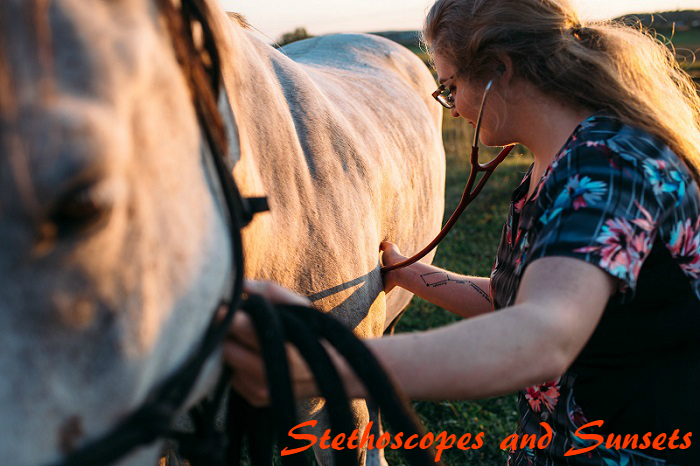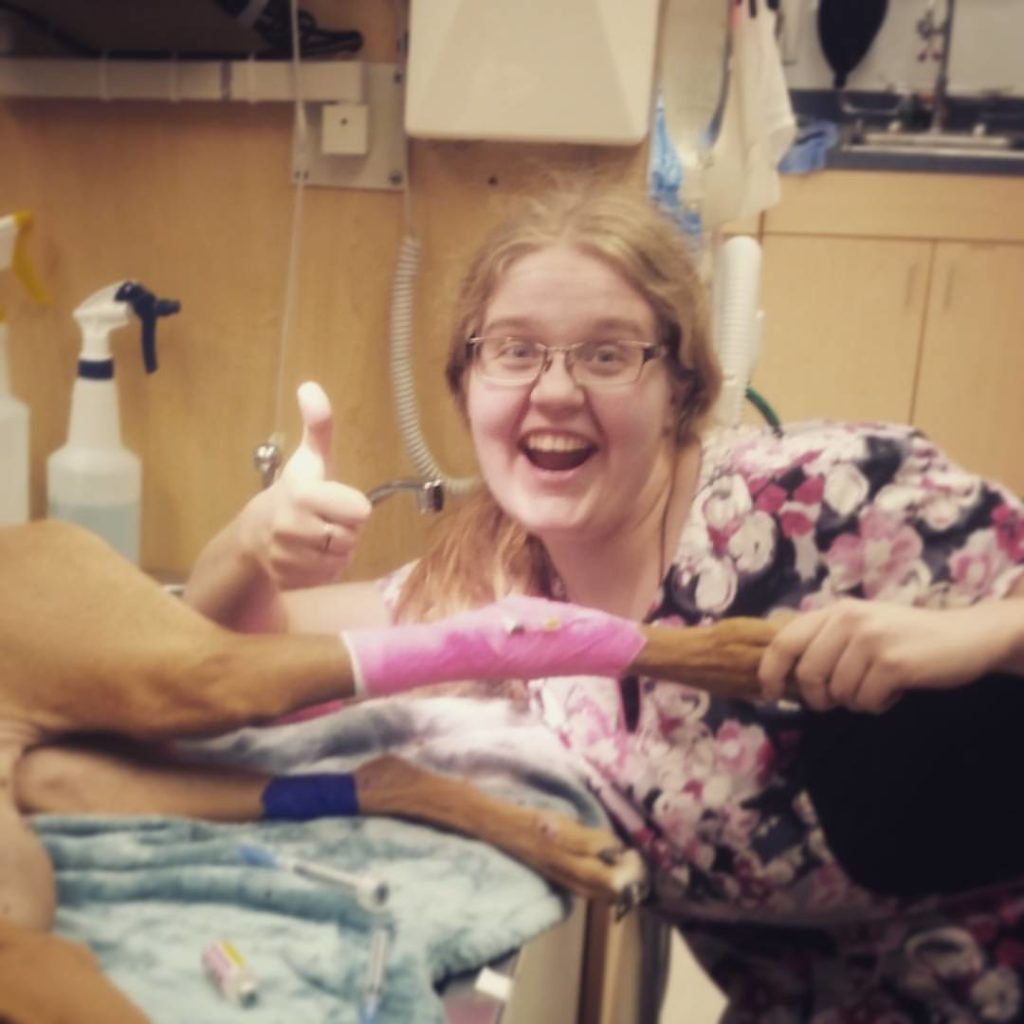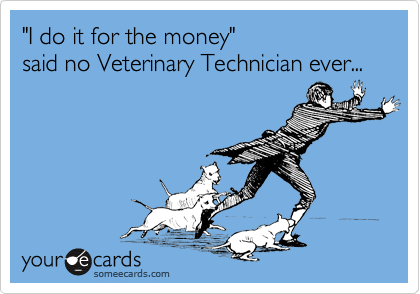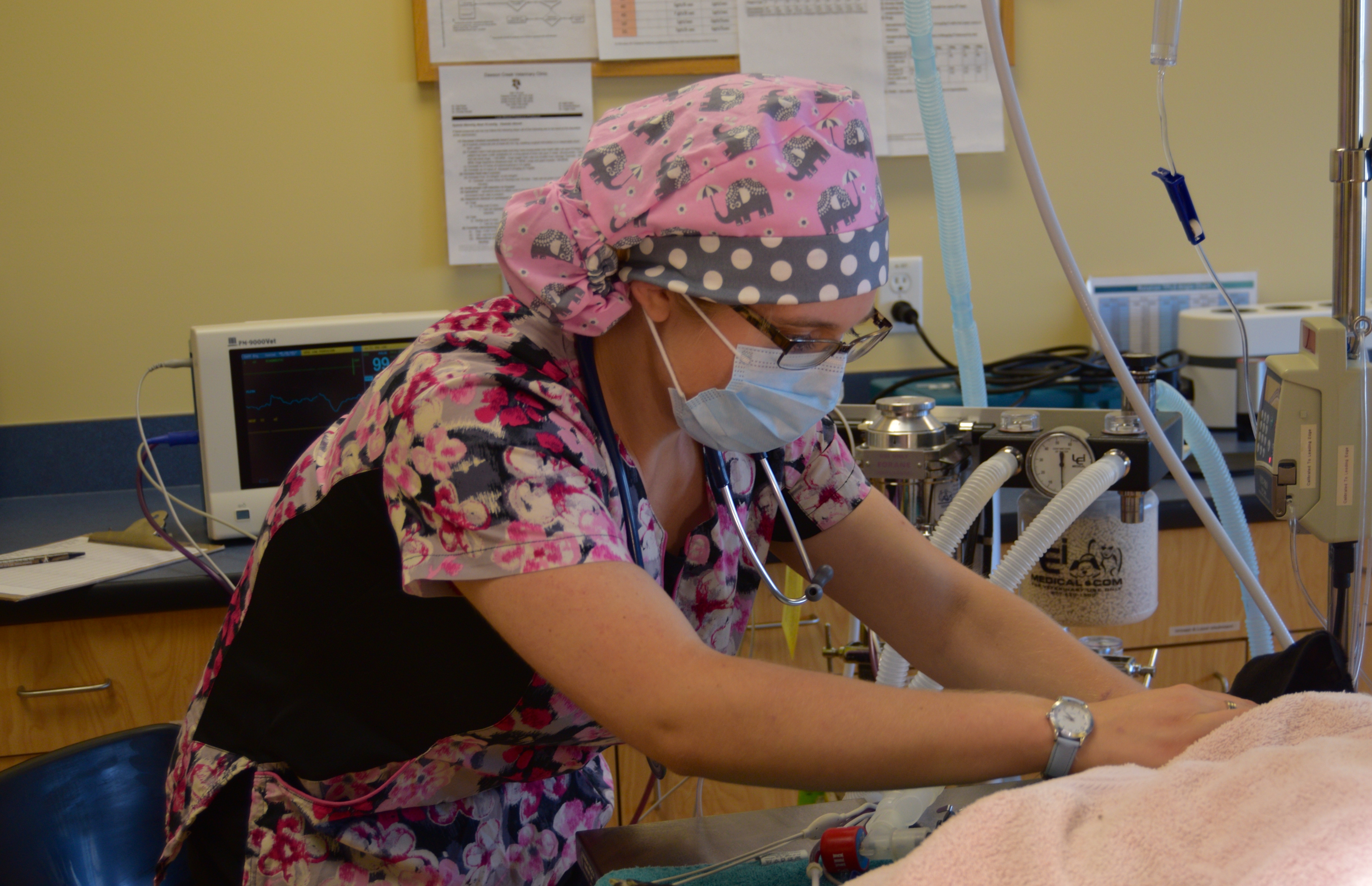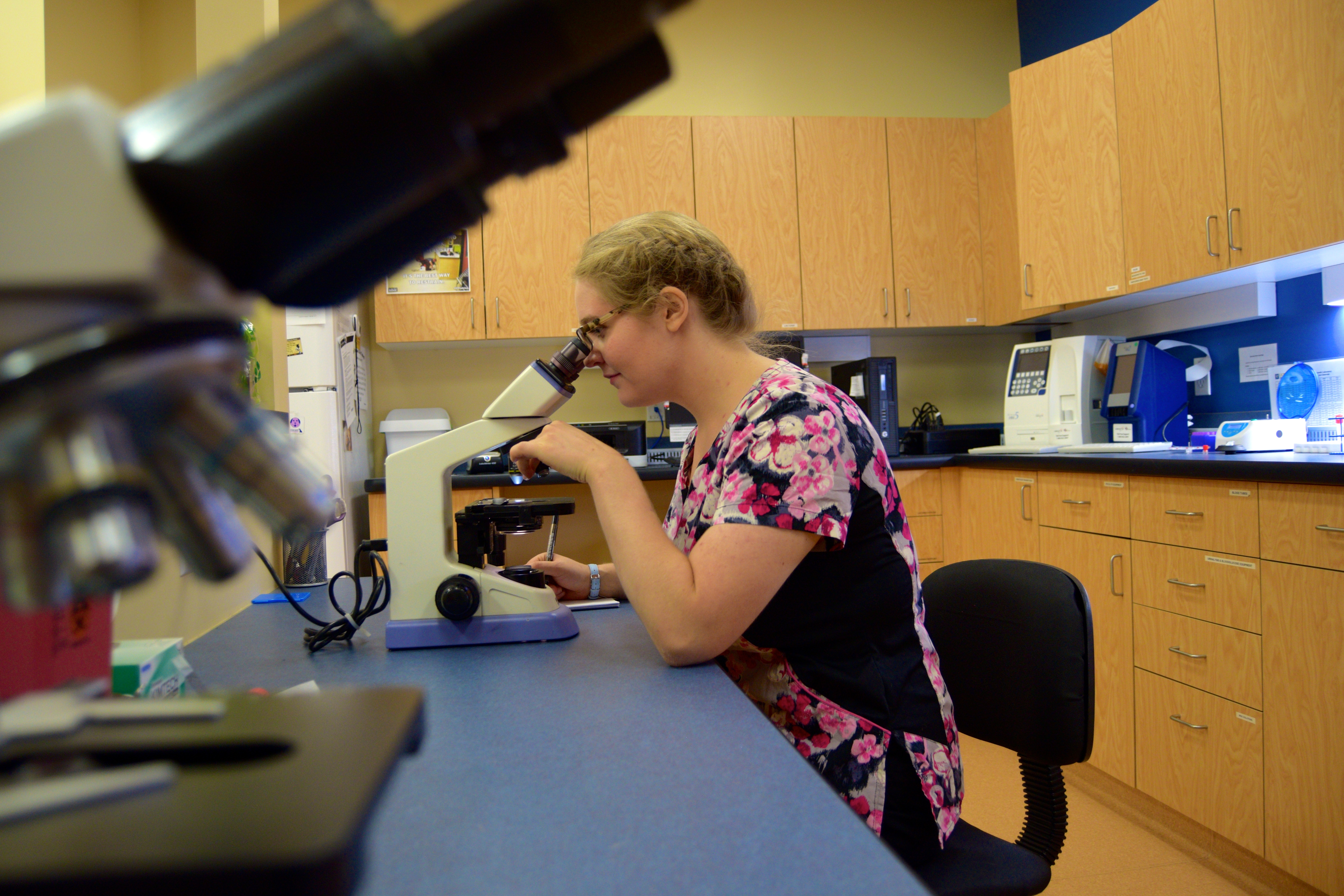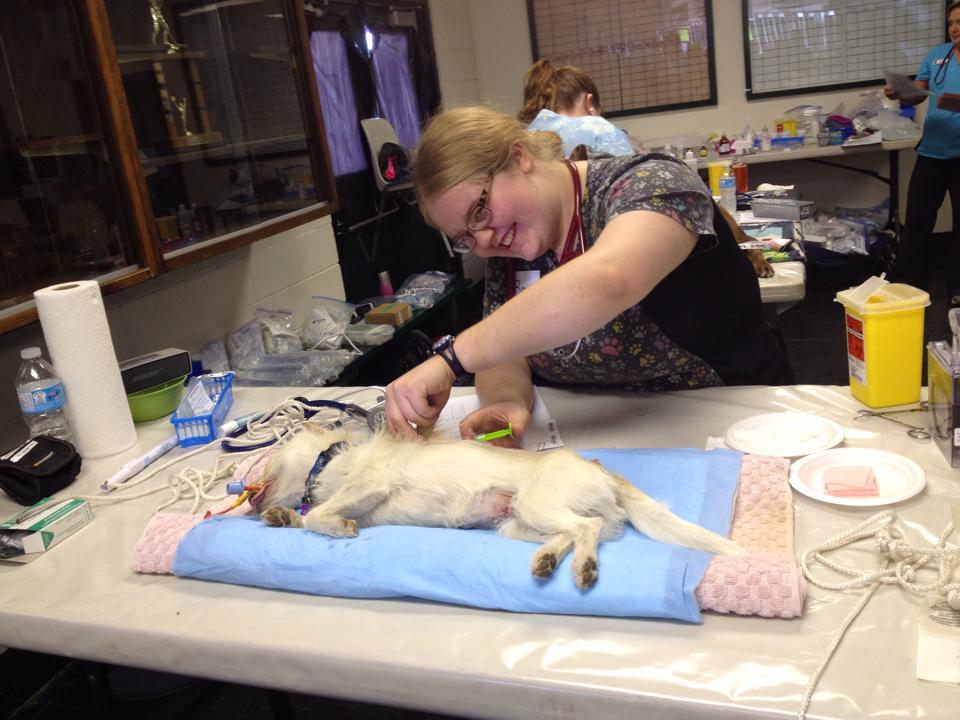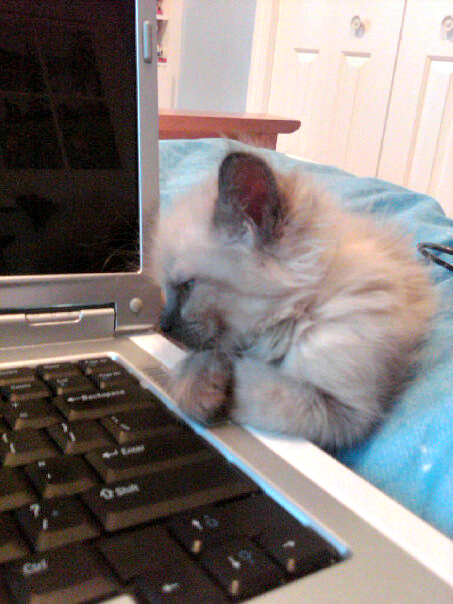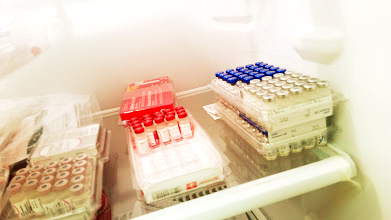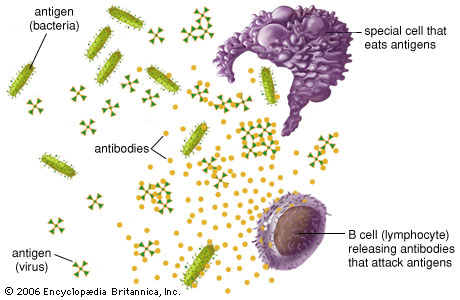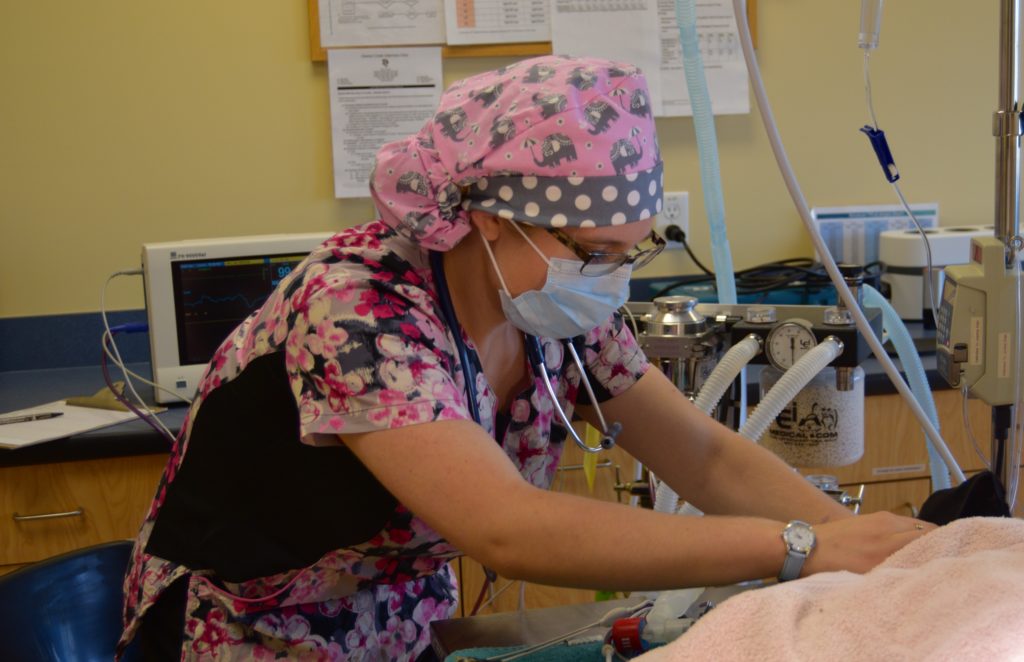
Whew…it’s been a while. I took the month of September off writing in order to focus on an international move; from British Columbia, Canada to Alaska, USA. I am beyond thrilled to be working in a large clinic which merges general practice with specialty and emergency practice, allowing me the change to continue to learn, grow, and develop my skills. Stay tuned: I’m sure I’ll find many stories working here!
I’m still a Canadian at heart, though, and October is Vet Tech Month in BC! It’s so awesome to see my fellow technicians get a whole month to celebrate their skills and triumphs, and I’ll definitely be celebrating from afar! In honor of Vet Tech Month I wanted to repost my first-ever piece for Stethoscopes and Sunsets – an exploration of what techs really do in the workplace, and how integral they are to any veterinary practice.
I have a love/hate relationship with those graphics which talk about the many hats a veterinary technician wears. They often describe how a vet tech is not just a vet tech, but also an anesthesiologist, a radiology technician, a lab technician, a pharmacist, a nurse, a counselor…I love them, but at the same time they grind my pedantic little gears. Because — well, no, we’re not. Our job is not equivalent to any of those things. Techs (myself included) tend to get upset when people trivialize our job (“Oh, you’re just a tech? When are you going to be a real vet?”) but the truth is that no matter how skilled we are, we can’t just pretend to be experts in every field.
So rather than telling you what a veterinary technician is, I’d like to tell you what a veterinary technician isn’t.
A veterinary technician is not an anesthesiologist, but they control your pet’s anesthesia. A vet tech draws up the drugs which will guide your pet safely to the surgical plane of unconsciousness, ensuring the correct dosage for each unique patient. A vet tech administers these drugs and holds your pet’s head as it becomes heavy, leans downwards. A vet tech places the endotracheal tube into your pet’s windpipe, carefully selecting the correct mix of oxygen and anesthetic gas that will keep them soundly asleep but alive. A vet tech squeezes the rubber bag which inflates your pet’s lungs. A vet tech charts their anesthesia, monitors their pulse rate and breathing rate and the electrical impulses of their heart, the oxygenation of their blood and the carbon dioxide they exhale. A vet tech keeps your pet alive during surgery, and a vet tech holds them as they blink sleepily back to consciousness in the recovery kennels.
A veterinary technician is not a radiology technician, but they take your pet’s x-rays. A vet tech selects the proper settings based on your pet’s size and body type to give just the right amount of radiation for a perfect picture without exposing your pet any more than they have to. A vet tech holds your pet and tells them how good they are until they’re comfortable enough to stay still. A vet tech advocates for pain control and sedation when they need to manipulate a broken limb or painful body part. A vet tech makes sure that the x-ray is as good as it can possibly be so that your pet receives the correct diagnosis in the least amount of time possible, without needing extra views. And a vet tech studies the anatomy of each species and even each breed, making sure they know exactly where to take the picture for the best image.
A veterinary technician is not a laboratory technician, but they take your pet’s blood and run the necessary tests. A vet tech slips the needle into a vein covered with fur and often wiggling with suppressed anxiety, and still manages to hit it. A vet tech does this regardless of size, age, or health status, finding veins on the two-pound puppies and dehydrated old cats as easily as on the sixty-kilo mastiff with veins like hosepipes. A vet tech examines the cells in your pet’s blood and charts their findings for the veterinarian to interpret.. A vet tech inserts a needle into your pet’s bladder to withdraw a sterile urine sample, and a vet tech studies it under the microscope for blood, bacteria, abnormal cells. A vet tech spends long hours hunched over slides from your pet’s infected ears, oozing skin, or strange lump, and a vet tech gives your veterinarian all the information they need to diagnose what’s wrong and tell you why your pet is hurting.
A veterinary technician is not a pharmacist, but they make sure your pet receives the correct medication. A vet tech receives the prescription and calculates the correct amount of medication based on their bodyweight and mass. A vet tech gets this medication ready, and discusses it with you when you come to collect your pet. A vet tech knows the prescriptions your pet is on and which ones may interact with the others, and a vet tech makes sure you are 100% informed about what it is you are putting in your pet’s body. A vet tech patiently answers your questions, and a vet tech makes sure that your pet is getting exactly what they need.
A veterinary technician is not a nurse, but they care for your pet day by day in the clinic or hospital. A vet tech does the first vitals check as your pet enters the clinic, and gathers a thorough history from you. A vet tech reviews the options with you and ensures you understand what the veterinarian would like to do and why. A vet tech gently shaves your pet’s leg and places the IV when your pet can’t keep down food or water. A vet tech calculates out how many milliliters of fluids your pet needs and makes sure their IV is running smoothly. A vet tech spends those extra few minutes making sure the kennel is warm and cozy, adding hot water bottles and layering in extra blankets even when they know it means more laundry for later. A vet tech sits next to your pet instead of taking a lunch break, coaxing your pet to eat, warming up a buffet of various options and hand-feeding each bite with plenty of petting and praise in between. A vet tech gives your pet a snuggle and a kiss when they’re lonely, a place to hide in when they’re scared, a treat when they’re hungry. A vet tech sees the first warning signs that your pet isn’t doing well and alerts the veterinarian so that your pet can be treated promptly and with the best of care. A vet tech reassures your pet when they vomit or soil their bed, and a vet tech cleans it away immediately. A vet tech cuddles your pet at three-thirty AM when they need it the most. A vet tech knows that the best feeling is not seeing a favorite patient, because that means they don’t need to see you.
A veterinary technician is not a counselor, but they will be there with you in the hardest times. A vet tech will hold your pet if you cannot, helping them pass from this world pain-free and knowing they are loved. A vet tech will place an IV so that your pet does not have to feel the pain and indignity of repeated needle pokes in their last moments. A vet tech will walk you through the process and listen to your stories of their better times. A vet tech will perform the last necessary steps once they have passed, ensuring their body is treated with dignity and respect the same way they would treat any living thing. And a vet tech will wipe their own tears away, knowing that they must continue to greet the day with a smile.
A veterinary technician is not a physical therapist, but they perform physical therapy, massaging and stretching damaged limbs, re-teaching your pet to walk. A veterinary technician is not a teacher, but they spend long hours educating and developing educational materials so that you are as informed as possible about your pet’s health and able to make decisions on their behalf. A veterinary technician is not a surgical technician, but they scrub in and assist the vet through every moment of surgery, holding your pet’s life in their hands. A veterinary technician is not an L&D nurse, but they breathe the first breath into your puppy’s lungs after a c-section and cut the cord as the first whimpers begin. A veterinary technician is not a janitor, but they keep the hospital clean and running smoothly. A veterinary technician is not a cheerleader, but they keep their vets happy and on an even keel, helping them to do their jobs as efficiently as possible. A veterinary technician is not a groomer, but they shave the mats from your pets and trim nails even when the mouth on the other end of those nails is trying to eat them. A veterinary technician is not a superhero, but that doesn’t mean they don’t act like them.
A veterinary technician is not ‘just’ a vet tech, but neither are we entirely anything else. Rather than try to compare us to a thousand other jobs which don’t encompass all of our skills, strive to educate so that one day, one day soon, we can say “I am a veterinary technologist” and see the smiles on the faces of our clients as they realize and appreciate the job we do. And in the meantime, my superstar technician family, continue to do your job with pride, with love, and with joy at the huge difference you make in your patient’s lives. Happy National Vet Tech Month, all!
